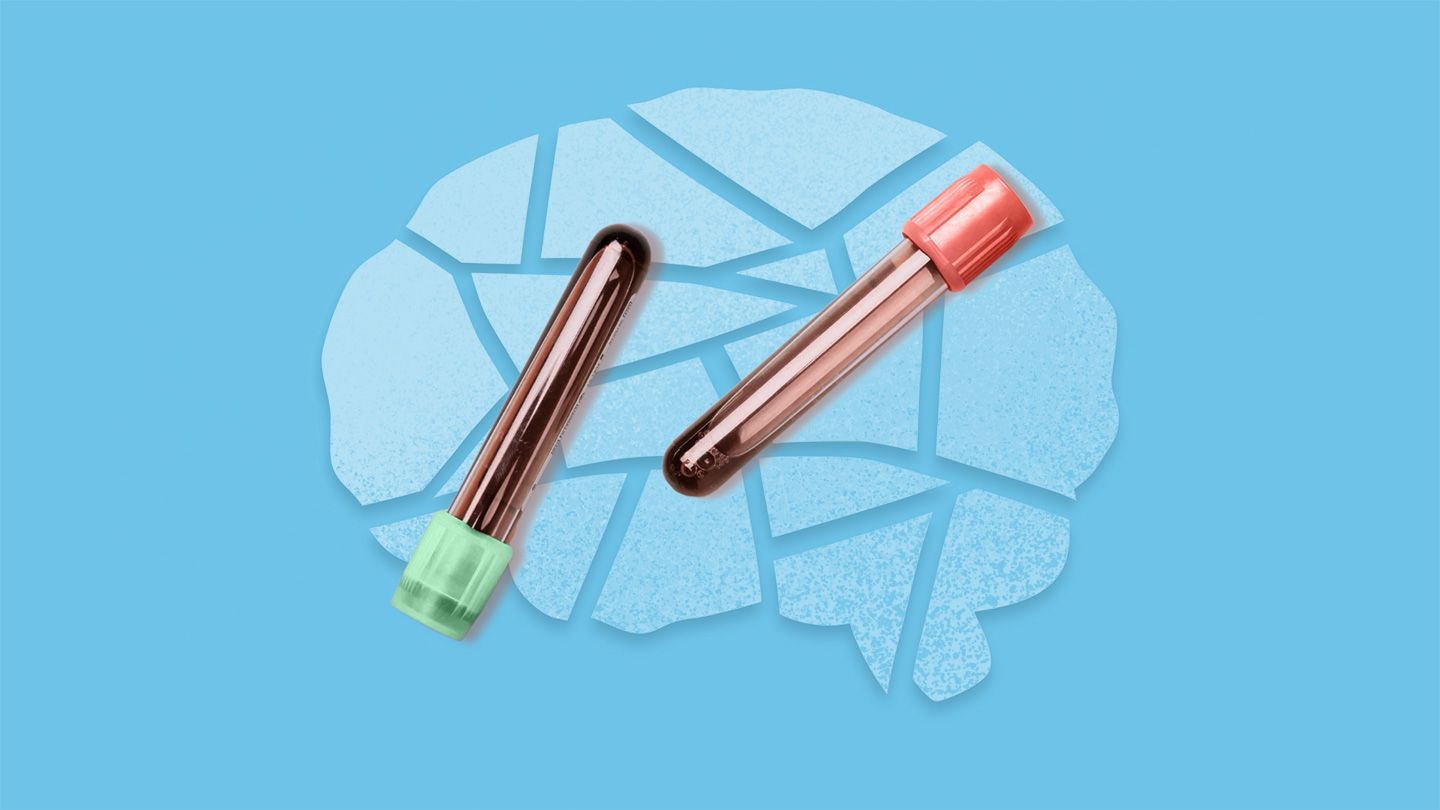Understanding Alzheimer’s Disease
Currently, an estimated 32 million people worldwide are living with Alzheimer’s disease, a form of dementia that is projected to see cases triple by 2050. Early diagnosis plays a critical role in managing Alzheimer's disease effectively, as timely intervention can help slow the progression of the illness.
The Diagnostic Challenge
Traditionally, diagnosing Alzheimer’s involves a comprehensive assessment that includes a medical history review, cognitive evaluation, brain imaging techniques such as PET or MRI, and tests to measure the presence of amyloid-beta and tau proteins in cerebrospinal fluid (CSF). These methods, however, can be complex and difficult, particularly at the disease's early stages.
Introduction of the Lumipulse Blood Test
In an effort to enhance early diagnosis methods, the U.S. Food and Drug Administration (FDA) has recently approved the Lumipulse G pTau217/ß-Amyloid 1-42 Plasma Ratio test by Fujirebio Diagnostics, Inc. This groundbreaking blood test is the first of its kind designed to aid in the diagnosis of Alzheimer's disease.
The Lumipulse test measures the levels of pTau 217 and beta-amyloid 1-42 in blood plasma, utilizing the ratio of these proteins to ascertain the existence of amyloid plaques—a defining characteristic of Alzheimer's disease. Dr. Manisha Parulekar, an expert in geriatrics, likens the brain to a well-organized library, where amyloid and tau proteins disrupt the structure, impeding access to knowledge and creating chaos within the neuronal architecture.
The Advantages of a Blood Test
Prior to this development, assessing the levels of amyloid and tau proteins required invasive procedures such as lumbar punctures. Dr. Gediminas Gliebus emphasized that this new blood test simplifies the process, making it significantly more accessible and less intimidating for patients. Many patients may avoid seeking evaluation due to the discomfort of CSF tests, but this blood test can lead to earlier diagnoses and improved management of Alzheimer’s.
Furthermore, the FDA noted that only about 20% of patients would need additional invasive tests to confirm a diagnosis, vastly reducing discomfort and costs for the majority seeking evaluation.
Concerns and Limitations
However, experts have raised concerns about the potential for false positives and negatives associated with the Lumipulse blood test. Since results are not definitive, it is recommended that this test be conducted alongside symptoms of cognitive decline and interpreted by a specialist, emphasizing its role as a preliminary diagnostic tool rather than a standalone test.
Dr. Bhavana Patel cautioned that although the blood test could assist in pre-screening for clinical trials, its broad application as a routine screening tool remains uncertain and further research is warranted. Additionally, Dr. Clifford Segil expressed apprehension that primary care physicians might prematurely diagnose patients based solely on blood test results, which could lead to unnecessary anxiety and misinterpretation.
Conclusion: A Step Towards Better Diagnosis
Despite the uncertainties surrounding the Lumipulse test, there is optimism among experts. Dr. Patel noted that this development provides a noninvasive method to identify Alzheimer's in those experiencing memory alterations, potentially enabling quicker access to treatment and participation in clinical trials. The approval of the Lumipulse blood test signifies a pivotal shift towards improved diagnostic methods in the fight against Alzheimer’s disease, paving the way for wider accessibility and earlier interventions. The practicality and reduced cost associated with blood testing could ultimately lead to more individuals receiving timely care.
Bias Analysis
Key Questions About This Article




